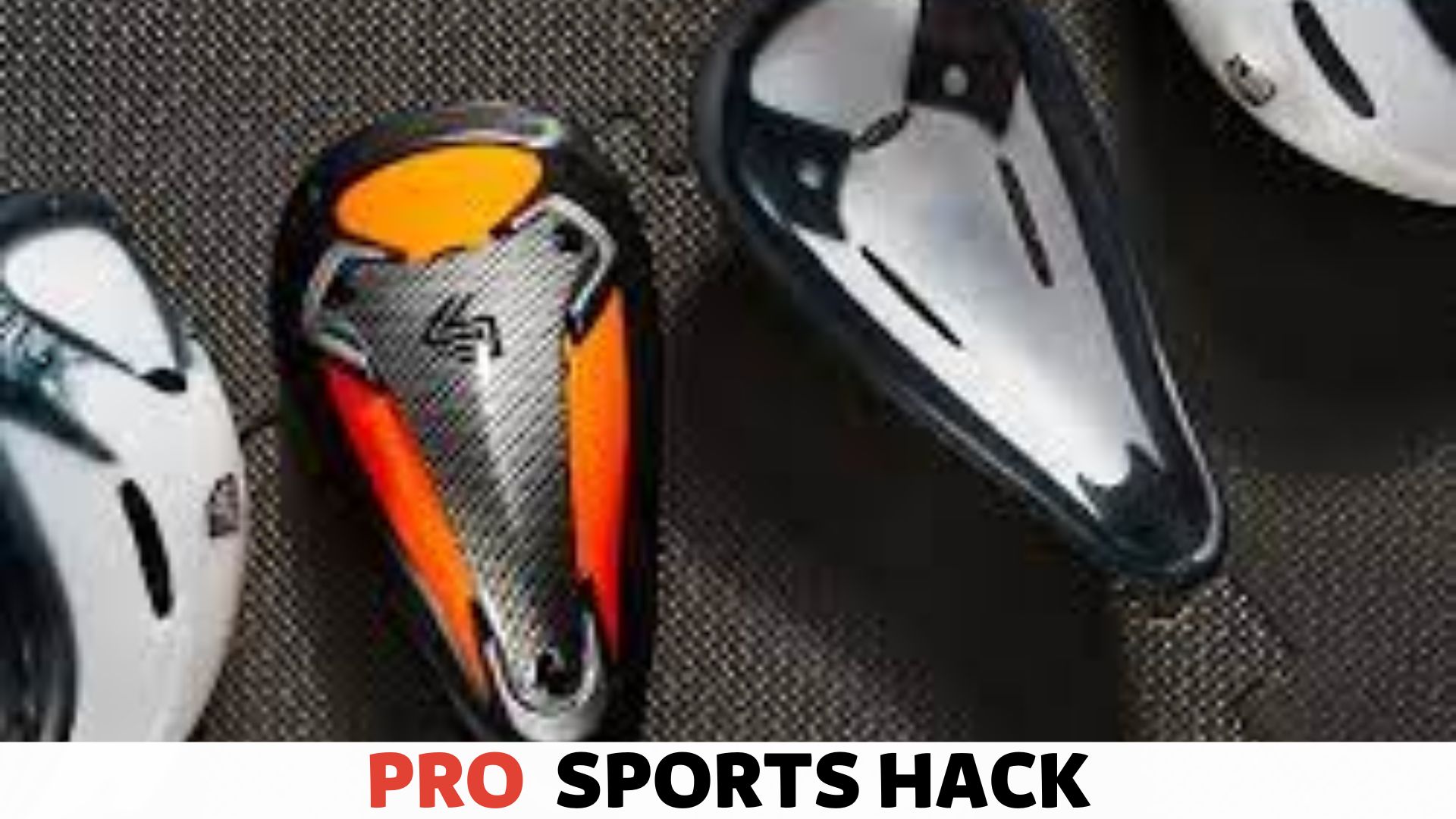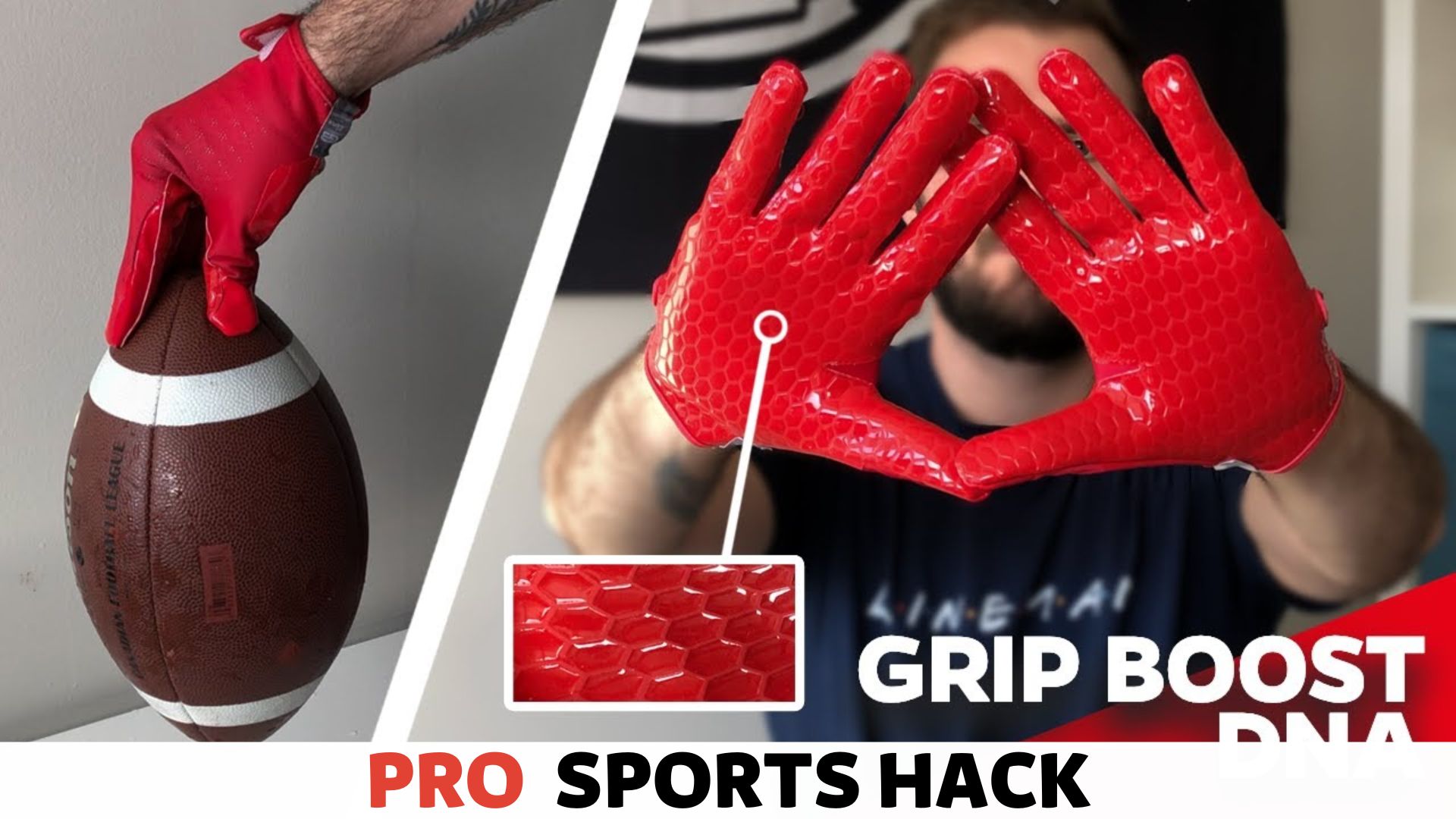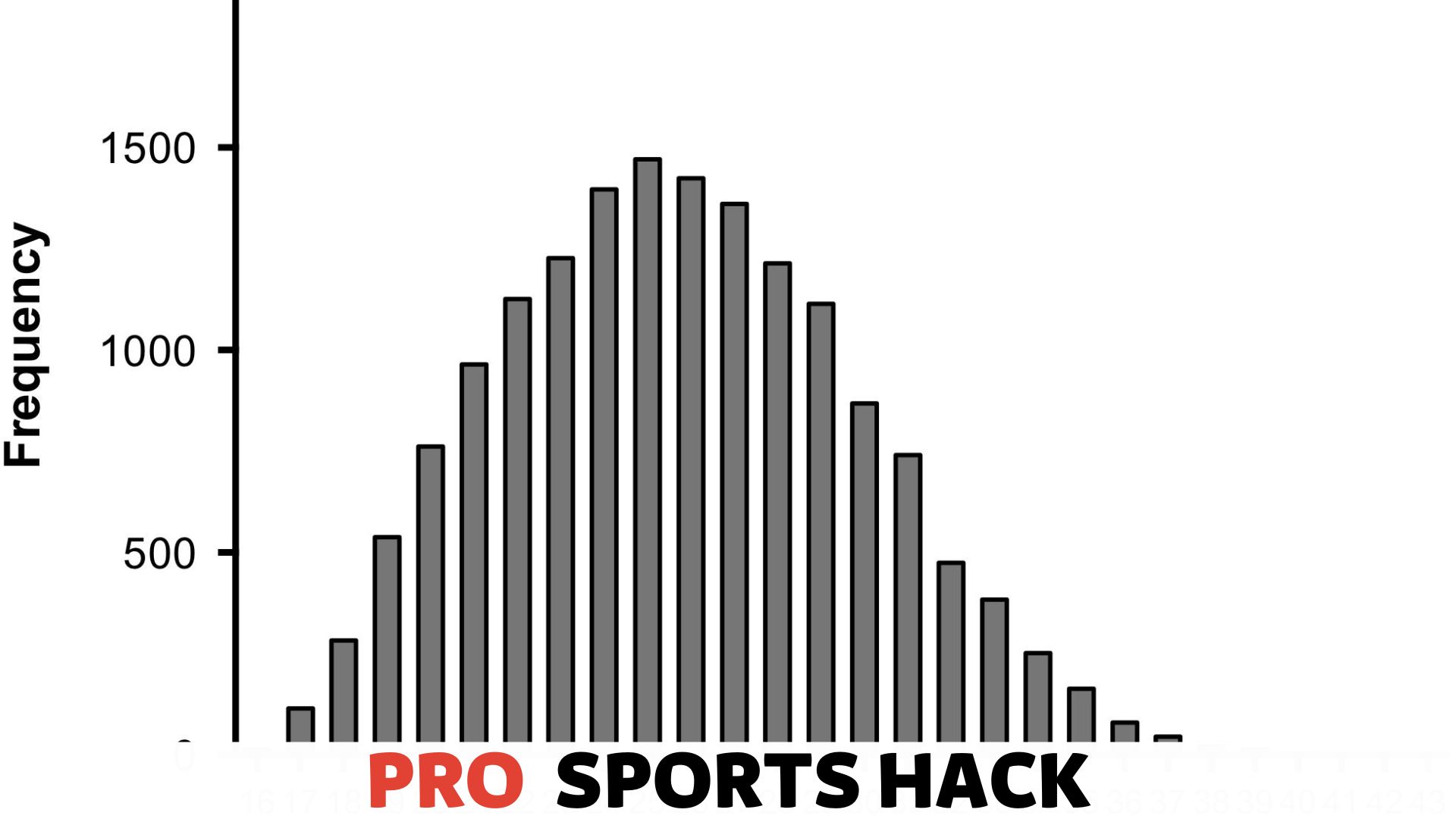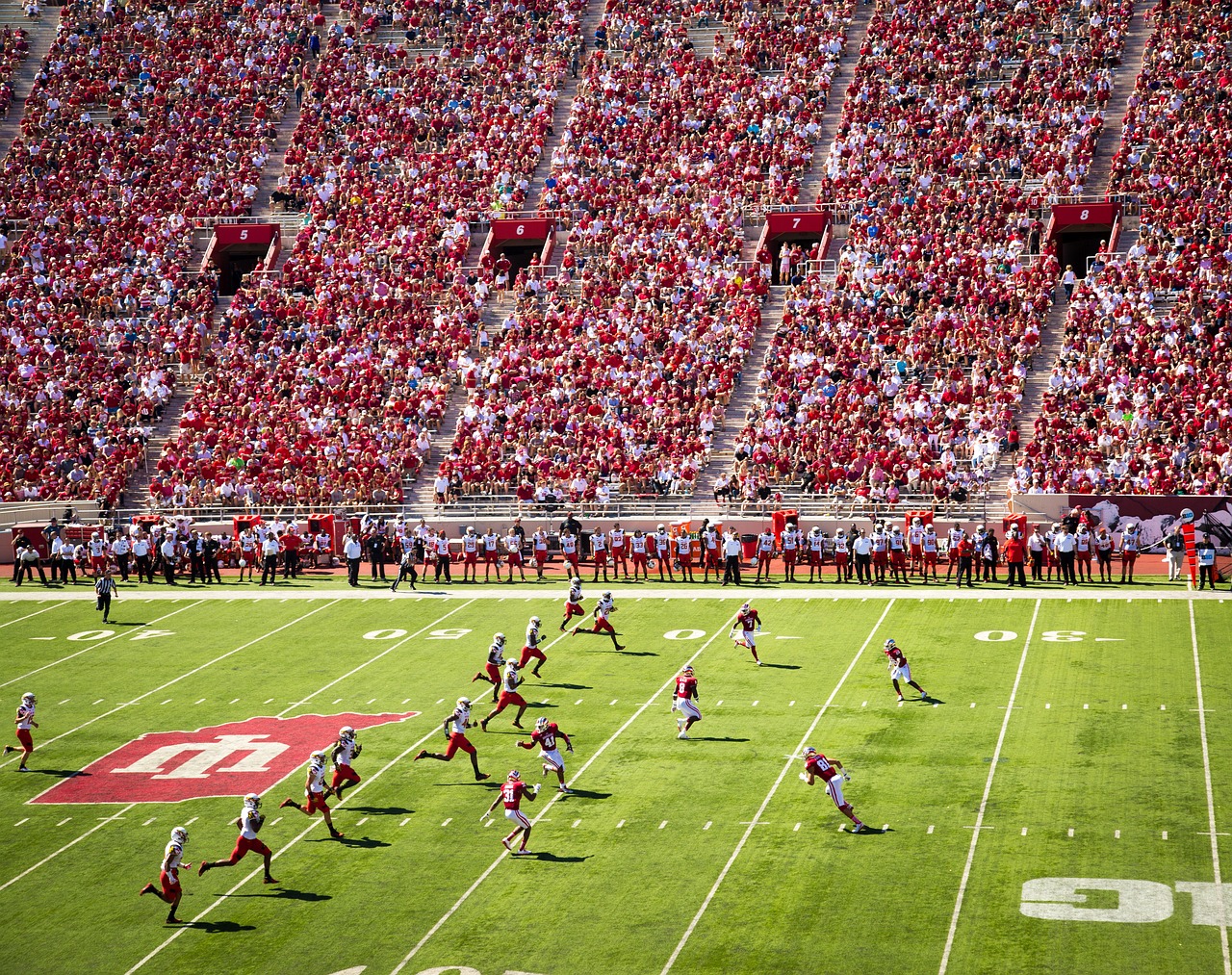
Mix pine tar, rosin, and mineral spirits to make a composite football tacky in a 3:2:1 ratio. Begin by pouring pine tar into a mixing container, add rosin, and then add mineral spirits gradually while stirring the mixture.
Do you need to make a composite football tacky? Keep reading as we guide you through the process. Tackiness is an essential aspect of football, enabling players to grip the ball firmly and throw accurately.
While many players use stick-mem products, they may contain illegal substances that could warrant penalties.
Hence, making homemade tacky is a safer and cheaper alternative. In this write-up, you’ll learn how to make a composite football tacky using three simple ingredients.
What is the Composition of a Composite Football?
Composite footballs are used in professional and amateur games and have a very different feel and texture than traditional leather footballs.
Composite footballs are made by combining several synthetic materials wrapped in a layer of leather.
Here are the different materials used to compose a composite football:
Polyurethane
Polyurethane is a synthetic polymer used in the outermost layer of the football. It is durable and resistant to scratches and scuffs.
Rubber
Rubber is used in a composite football to provide an optimal grip. It is added to the surface of the football to create enough friction for the players to handle the ball properly.
Synthetic Leather
Synthetic leather is an artificial material made by bonding a layer of polyurethane on a polyester fabric. Synthetic leather is used in the panel construction to guarantee that the football is waterproof and durable.
Silicone
Silicone is used to improve the grip of the football. It is known for its elasticity and stickiness, and it increases the ball’s ability to maintain its position in the hands of the player.
Bladder
The bladder is the innermost part of a composite football, responsible for the ball’s shape and pressure. It is made of latex or butyl to contain the air in the ball and maintain its round shape.
If you want to make a composite football tacky, you should consider adding extra layers of rubber to its surface or using a silicone spray.
By understanding the composition of a composite football, you can better understand its durability, shape, and feel.
With this knowledge, coaches and players can better maintain and choose the right football for the game.
If you’re interested in improving your football’s grip, don’t miss our comprehensive guide on how to make a composite football tacky.
Why is It Important to Make a Composite Football Tacky?
A tacky football is essential for the players to have a good grip and prevent fumbles during the game. When playing with a composite football, it is necessary to ensure the ball is adequately tacky to avoid slippage.
Here’s why it’s important to make a composite football tacky:
Better Grip Leads to Better Control
A tacky football offers an excellent grip, significantly affecting the player’s ability to control the ball.
As a result, a tacky composite football is crucial for better handling, especially in wet weather conditions. With optimal tackiness, it becomes easier to grip and catch the ball, reducing the chance of fumbles.
- A composite football’s tackiness should be checked before every game by using a towel and rubbing the surface to detect any changes in the grip.
- A tacky composite football gives quarterbacks and receivers a competitive edge as they’ll have better control over the ball and the game.
Enhanced Ball Trajectory and Accuracy
A tacky football offers better control, which helps in releasing the ball accurately. A player can throw the ball correctly, creates a much more desirable and predictable trajectory.
Better trajectories are also vital for long bombs requiring maximum velocity, spin, and precision.
- A tacky football makes it easier for the players to control the ball’s direction and speed, improving shooting, passing, and punting accuracy.
- The tackiness of a composite football also affects how the ball spins when it’s thrown, catching the wind in a particular way and altering the ball’s flight.
Increased Player Confidence
A tacky football can keep the players confident during the game. The last thing a football player wants is to lose control of the ball during a critical moment.
Ensuring a composite football is adequately tacky can give players the confidence to make plays and win games.
- By enhancing the players’ grip, a composite football with the right tackiness instills confidence in the players, making them more comfortable during high-pressure gameplay situations.
- A confident player is an effective player.
By following these tips, the composite football’s tackiness can be maintained, which can make a significant difference in game outcomes.
What Are the Steps Involved in Preparing Composite Football?
If you’re a football enthusiast, you know how important having a good grip on the ball is. Creating a composite football tacky can help significantly in this regard.
Below are the steps necessary to make your composite football tacky:
Step 1: Gather the Materials
Before starting, you need to gather the necessary materials. These include sandpaper, rubbing alcohol, hot water, soap, and a composite football.
Step 2: Sand the Football
Sand the entire surface of the football with a fine-grit sandpaper. This step helps the tacky solution adhere to the ball’s surface.
Step 3: Clean the Football
Clean the football using a solution of hot water and soap. This process removes any dirt, oil, or debris hindering the tacky solution’s effectiveness.
Step 4: Apply Rubbing Alcohol
Use a rag to apply rubbing alcohol to the ball’s surface. This step helps to remove any remaining residue from the previous cleaning process.
Step 5: Create the Tacky Solution
In a separate container, create the tacky solution by mixing equal parts of water and petroleum jelly.
Step 6: Apply the Tacky Solution
Apply the tacky solution to the ball’s surface using a soft, clean rag. Ensure that the ball is coated evenly but not excessively.
Step 7: Dry the Ball
Allow the ball to dry completely before use. It’s recommended to leave it in a cool, dry place for at least 24 hours for maximum efficacy.
By following the above steps, you can make your composite football tacky. Try it and see how it affects your grip and overall playing experience.
If you’re curious about football terminology like ‘SS,’ we have a detailed explanation that you can find here.
What is the Process for Applying a Tacky Substance to a Composite Football?
A tacky ball is easier to grip, which allows football players to make better plays. It also gives quarterbacks more control when throwing the ball and makes it less likely for the ball to slip out of a receiver’s hands.
Applying tack to a composite football is a simple process that can be done at home or on the sideline during a game.
Follow these steps:
- Clean the ball – Before applying tack, it’s important to clean the ball. Use warm, soapy water and a cloth to wipe the ball clean. Make sure to remove any dirt or debris from the ball’s surface.
- Apply tack – Several substances, including pine tar, rosin, and stickum, can make a composite football tacky. Apply the tack to the ball in a thin, even layer. Use your hands to rub the tack into the surface of the ball.
- Let the tack dry – Once the tack has been applied, let the ball sit for a few minutes to let the tack dry. This will allow the tack to bond with the ball’s surface.
- Test the ball – Once the tack has dried, ensure it has the right amount of tackiness. If it feels too slippery, apply another layer of tack and repeat the process until the ball has the desired level of tackiness.
Knowing how to make a composite football tacky can give players an edge on the field. It’s a simple process that can be done at home or on the sideline and can make a big difference in the outcome of a game.
When Should You Allow the Tacky Substance to Set on a Composite Football?
Composite footballs are used in almost all major leagues worldwide due to their longevity, easy grip, and sleek design. However, do you ever wonder how footballers keep such a good grip on the ball?
The answer is “tacky substance”. It is typically applied to the ball before the match to improve grip and ball handling.
This section will explain when to use the tacky substance to enhance your game performance.
When using the tacky substance on a composite football, timing is everything. After applying it, the substance must be set properly to provide maximum benefits. So, how long should it be left alone?
Here is an explanation:
- Allow the tacky substance to settle for at least 15 minutes.
- Avoid using too much tacky substance to ensure it sets quickly.
- A rule of thumb is to apply the tacky substance about 20-30 minutes before the start of the game.
- If you apply it too soon, it may dry out before the game and lose its effectiveness.
- Once you have let the tacky substance set for 15 minutes, you will be ready to take to the field.
- Once set, your ball will have extra grip and protection against wear and tear.
The tacky substance should be applied to a football at least 20-30 minutes before the game. This allows sufficient time for the substance to set on the ball and provide optimal grip.
It is recommended to avoid using too much tacky substance to ensure it sets quickly.
Following this method ensures you have the best possible grip and control over the ball.
What Are the Steps to Test the Tackiness of a Composite Football?
If you play football, you know the importance of having a tacky football. The tackiness allows you to grip the ball firmly, a crucial football requirement. Composite football is relatively new, and many players are still figure out how to make it tacky.
In this blog post, you will learn the steps to test the tackiness of a composite football.
Understand the Composite Football Material
Composite football is made up of a synthetic material that resembles leather. It is a durable and long-lasting material that is water-resistant. However, the composition of the material impacts its tackiness.
Therefore, you need to understand the type of composite material before determining how to make it tacky.
- Composite material with a glossy finish: The composite material with a glossy finish has a naturally tacky surface. These balls are ideal for playing in dry conditions.
- Composite material with a matte finish: The composite material with a matte finish is less tacky than its glossy counterpart. These balls are better suited for playing in wet conditions.
Test the Tackiness of the Composite Football
Once you have determined the type of composite material, you need to test its tackiness.
Here are a few ways to test the tackiness of the composite football:
- Finger test: Run your fingers over the surface of the football. The ball may not be tacky enough if the surface feels slippery or rough. However, if the surface feels sticky, the ball is tacky enough.
- Drop test: Drop the football from shoulder height onto a hard surface. If the ball bounces erratically, it may not be tacky enough. However, if the ball bounces and stops suddenly, the ball is tacky enough.
What Are the Proper Maintenance Practices for a Tacky Composite Football?
Football players know the importance of a ball’s tackiness in their performance. A composite football is a popular choice for its durability and grip.
But, to ensure that the ball retains its tackiness for a longer period, proper maintenance practices must be followed.
Here are some key points to keep in mind:
Clean the Football Regularly
A consistent cleaning routine can prevent the buildup of dirt and grime on a composite football. Cleaning should be done before and after each game and during the season at regular intervals.
Some tips for cleaning a composite football include:
- Use a damp (not wet) cloth or sponge to wipe off the ball’s surface.
- Avoid using any abrasive cleaners, harsh chemicals, or bleach.
- Use a soft-bristled brush with soap and water for sticky or hard-to-remove spots.
Keep the Football Dry
Playing in rain or damp conditions can impact a composite football’s tackiness. Water can seep into the ball’s fibers, making it heavy and less sticky. Therefore, it is essential to keep the ball dry.
After each use, follow these tips to dry the ball:
- Wipe the ball with a soft, absorbent towel.
- Let the ball air-dry thoroughly, away from direct sunlight or heat sources.
- Avoid storing the ball in a damp or humid place.
Avoid Over-Inflation
A composite football’s air pressure and tackiness are closely related. Over-inflating the ball can cause it to become hard and slippery, reducing its tackiness.
Here are some tips on maintaining proper air pressure:
- Check the ball’s inflation level before each game and periodically during the season.
- Follow the manufacturer’s recommended air pressure range.
- Avoid using an air compressor, which can cause the ball to over-inflate quickly. Instead, use a hand pump.
Use Proper Storage
A composite football should be stored in a dry, cool place when not used. Proper storage can help maintain the ball’s tackiness and prolong its lifespan.
These tips can help you with proper storage:
- Avoid storing the ball in direct sunlight or high-heat areas like the trunk of a car.
- Keep the ball in a protective bag or case to prevent exposure to the elements and humidity.
- Check the ball’s condition regularly to ensure it is in good shape.
Proper maintenance practices can help you enjoy your composite football’s tackiness for an extended period. Regular cleaning, drying, maintenance of air pressure, and proper storage can significantly impact a ball’s performance.
Follow these practices to achieve the best results from your composite football.
For more insights on optimizing your leather football’s performance, make sure to read our guide on the path to perfection: expert tips for breaking in leather footballs.
Frequently Asked Questions
How Do I Clean a Composite Football?
To clean a composite football, mix warm water with mild soap. Scrub the ball gently with a soft-bristled brush. Rinse the ball with water and let it air dry.
Can I Use Petroleum Jelly to Make My Football Tacky?
Yes, petroleum jelly can be used to make your football tacky. Apply a small amount of petroleum jelly to the ball and rub it in until it is absorbed.
What is the Best Way to Store My Football to Maintain Its Tackiness?
To maintain the tackiness of your football, store it in a cool, dry place. Avoid exposing it to direct sunlight or extreme temperatures. Store it in an airtight container with some silica gel packets to keep it dry.
Can I Use Household Items to Make My Football Tacky?
Yes, you can use household items to make your football tacky. Some options include rubbing alcohol, pine tar, and rosin. Apply a small amount to the ball and rub it in until it is absorbed.
How Often Should I Make My Football Tacky?
The frequency of making your football tacky depends on how often you use it. If you use it frequently, you may need to make it tacky every few games or practices. If you use it less often, you can make it tacky less frequently.
Conclusion
Creating a tacky football is a task that requires time, energy, and patience. Anyone can create an excellent composite football with the right tools and materials. When done correctly, a tacky football ensures players have a good grip on the ball, making it possible to play perfectly in all weather conditions.




![Cat in the Chrysalis Spoiler: All You Need To Know [Updated] Cat in the Chrysalis Spoiler](https://prosportshack.com/wp-content/uploads/2024/02/Cat-in-the-Chrysalis-Spoiler-100x75.jpg)














